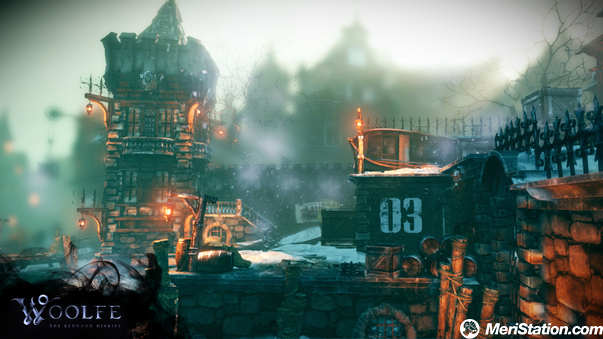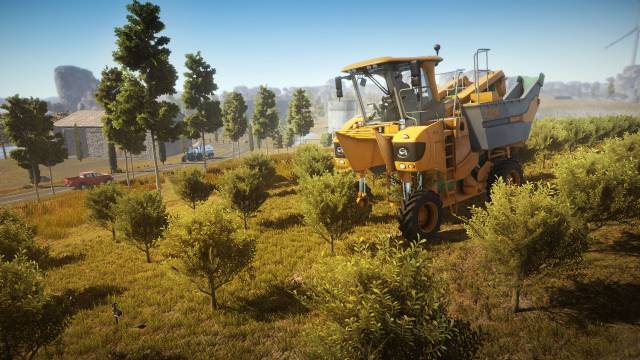Note: The version used to perform this analysis is an ‘Early Access’, so the final grade may be subject to changes at the time of the official release.
GAME OF THRONES – EPISODE 2: THE LOST LORDS
In the world of literature it is common to speak of an academic term called ” intertextuality “. Through him he tries to discern the thin line that exists between creative imitation and plagiarism;
the use of specific characters, generally popular for whatever the reasons, in a different scenario from the original, placed in a situation in order to create a mirror effect between the original and the new work. Probably after reading these lines to many come the mind the adaptation
of Alice by American McGee or the latest new twist made by Spicy Horse (and produced by Electronic Arts), Alice: Madness Returns,
and it would not be surprising taking into account that these are two good examples that illustrate the here exposed: a contrast between the innocent figure
created by the British Lewis Carroll and the evil representation that was made of Alice in a perverse and vile world. Adaptations, incidentally, more or less successful or successful.
The case that concerns us today, leaving aside the absence of a considerable commercial commitment, keeps many parallels with the aforementioned.
Woolfe: The Red Hood Diaries tells the story of a Little Red Riding Hood very different from the one we met in the traditional-modern tale of the Grimm brothers (adapted in turn from the original, written in the 17th century by
Charles Perrault, taken from the French oral tradition), which neglects childhood to present a personality of an adolescent tormented by the disappearance first of her mother and later of her father in unknown circumstances.
The world he roams about is dark and gloomy, covered in snow, cold and wind; also by large buildings, tall chimneys and decorations clearly
inspired by the Steampunk style , in turn derived from the Gothic. In him he recognizes the mythical characters of the story incarnated by new characters, like his Grandmother , now turned into an important counselor, or the charismatic Wolf , personified in the flesh of BB Woolfe, the antagonist of turn and guilty of the evils that have arisen in the world of the protagonist.
Objective: BB Woolfe
The main objective of Little Red Riding HoodDuring the whole adventure, he revolved around discovering the reasons for the disappearance of his father, of whom he did not know any work activity beyond the enormous regret that he showed every day when he got home.
His relationship with Woolfe is clarified shortly after starting to play only to open new unknowns that lead the girl to continue investigating. Far from what could appear at first sight, Red Hood Diaries does not propose a system of police deduction based on collecting clues:
although the goal of Little Red Riding Hood is to discover the truth, the method used to reach it is based on distributing blows to right-handed and sinister through simple scenarios staged through a 2.5-dimensional camera. In them we discover an amalgam of crossed genres -platforms, hack ‘n slash,
Red Hood follows in the footsteps of the latest references in the genre such as Batman: Arkham Origins Blackgate, providing a differentiating point in terms of art.
The game mechanics leads us to control a character who can jump and eventually swing an ax in order to defend against the enemies that pass through the scenarios or simply to destroy some boxes on the stage to discover the secrets that await them.
The movements are controlled either with the directional crosshead or with a traditional pad, the latter being preferable to enjoy an optimal experience.
Little Red Riding Hood can run or crouch, perform double jumps, grab cornices or perform cartwheels to avoid an enemy attack.
The learning curve leads us to discover its potential little by little, through the requirements of each scenario and / or final boss that we discover when accessing the end of an area.
The adventure is divided into levels by which a certain change of air is appreciated depending on the specific place of the city in which we find ourselves.


